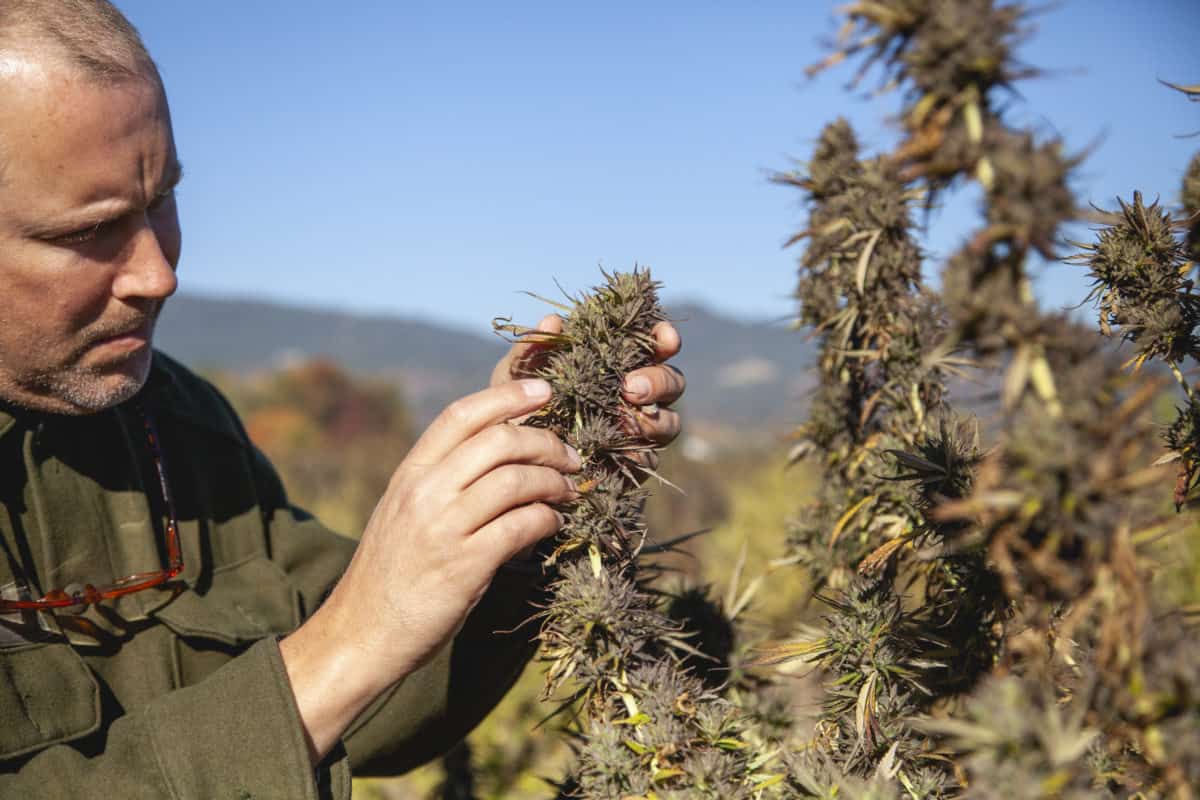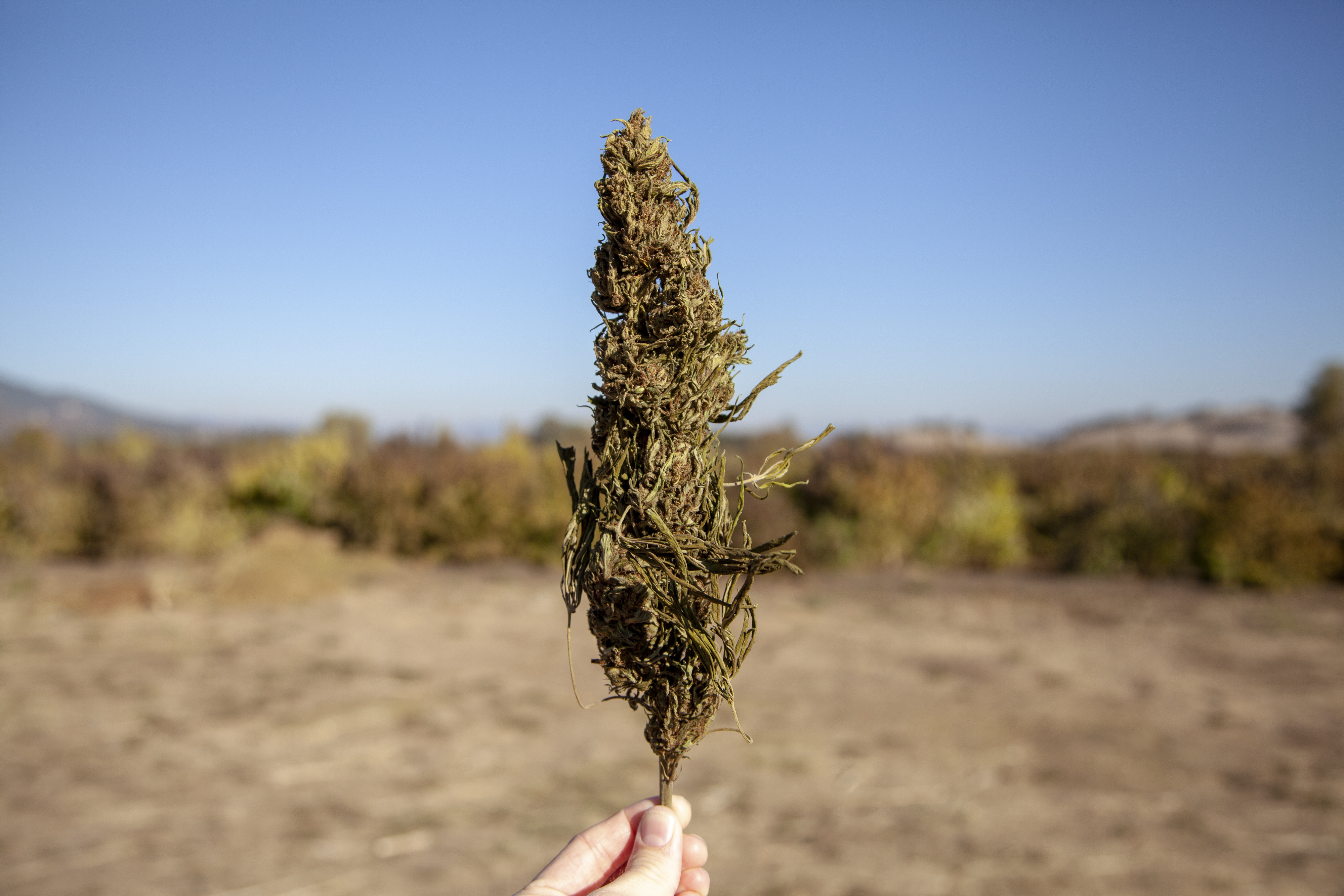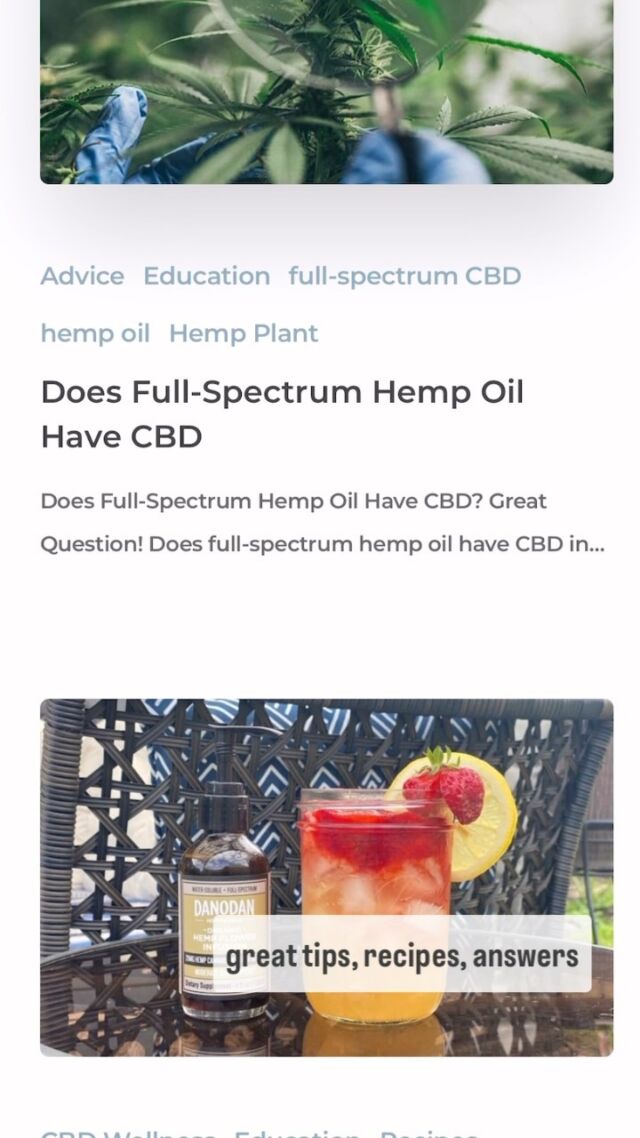
CBD is a hot topic these days, but it can come in many forms. Let’s learn why Danodan is more than CBD, and how our process uses whole hemp flowers to make an amazing full-spectrum water-soluble CBD product.
Primary Compounds
These are compounds necessary for the plant’s survival. They include compounds needed for photosynthesis as well as by-products of metabolic functions, such as the nutrients produced from photosynthesis. Primary compounds can have medicinal value. At the most basic level we ingest plants so that we can benefit from their fibers and proteins.
Chlorophyll is best known among these. It’s the green pigment in plants that is necessary for photosynthesis to occur. When we eat leafy greens we ingest chlorophyll. It is often associated with a ‘green, plant material” taste. Chlorophyll’s benefits include:
- Antioxidant
- Blood builder and cleaner
- Internal deodorizer
- Higher consumption rates correlate to a lower risk of cancer
- Wound healing
- Digestive support and good digestive health
Secondary Compounds
While not essential for the survival of the plant, they do help to increase the likelihood of the plant’s survival. Secondary compounds make up the plant’s defense system. They exist to deter predators, pests, and pathogens from destroying the plant. Most of these compounds have strong aromas, tastes, and in some cases undesirable, poisonous effects that deter animals from eating them. These secondary compounds are known to have anti-fungal, anti-bacterial, anti-viral, and anti-mold properties that help to further protect the plant. Secondary compounds can have extraordinary medicinal value, especially for humans, when appropriately dosed.
Types of Secondary Compounds in Hemp and Cannabis
Cannabinoids
Cannabinoids are the main class of compounds found in hemp and cannabis. They have been proven to bind to our receptors, interact with enzymes and neurotransmitters in our bodies to mediate a variety of physiological effects.
In addition to the well known Tetrahydrocannabinol (THC), and Cannabidiol (CBD), there are many other minor cannabinoids in both hemp and cannabis that include:
Tetrahydrocannabivarin (THCV), is part of the THC family of compounds. Known to be anti-inflammatory, anti-anxiety and appetite suppressant.
Cannabidivarin (CBDV), is part of the CBD family. Known to be antispasmodic and anti-convulsant/anti-seizure.
Cannabigerol (CBG), is the stem cell cannabinoid. It is the cannabinoid from which all other cannabinoids are derived. Known to be anti-anxiety, muscle relaxing, anti-inflammatory and analgesic/pain reducing. CBG has also been shown to act as an immune modulator helping to keep the body in balance. Most notably, CBG is effective at relaxing the smooth muscle of the digestive system and therefore known to be effective in managing disorders like IBS and Crohn’s Disease.
Cannabichromene (CBC), is the least common cannabinoid in this group. It is rarely seen in high concentrations but when present it is known to have anti-inflammatory, anti-anxiety, and anti-bacterial properties.
Cannabinol (CBN), is the degrading byproduct of THC meaning when THC is exposed to oxygen and/or light, it degrades into CBN. CBN is known for its sedative properties. It is also known to be anti-inflammatory and anti-bacterial.
Terpenes
Terpenes are tiny, aromatic and very volatile compounds which give plants plants their smell. And they are abundant in hemp and cannabis. They easily absorb into fat and evaporate into air. They are part of a plant’s defense system and help to protect plants from pests and pathogens. Each terpene gives off a unique aroma and also correlates to certain physiological effects and health benefits. Common terpenes found in hemp and cannabis are:
Myrcene – Sweet, grape, lemongrass aroma. Anti-inflammatory, anti-carcinogenic, muscle relaxant
Limonene – Citrus aroma. Anti-anxiety, anti-oxidant, anti-inflammatory, immune modulator. May help acid reflux.
Pinene – Fresh pine. Anti-anxiety, bronchodilator (opens up the lungs), anti-inflammatory, antibiotic, anti-proliferative(tumor cell reduction) .
Terpinolene – Sharp, pine soap/cleaner aroma. Anti-oxidant, anti-proliferative (tumor cell reduction), anti-fungal. May help to prevent atherosclerosis and coronary artery disease.
Linalool – Sweet, floral, soapy/lavender aroma. Anti-anxiety, sedative, anti-depressant, immunopotentiating, analgesic, anti-convulsant/anti-seizure.
B-caryophyllene – Clove and black pepper aroma. Reduces pain and perception of pain, anti-depressant, anti-anxiety, anti-inflammatory.
Humulene – Earthy, grassy aroma. Anti-proliferative(tumor cell reduction)
Flavonoids
Flavonoids are most often associated with antioxidant and anti-proliferative(tumor reducing) properties. They abundant in fruits and vegetables. There are many different groups or types of flavonoids under the Flavonoid umbrella. There are flavones, flavonols, isoflavones, flavanones, and anthocyanidins. Almost all of these types of flavonoids have ‘ROS scavenging or ROS suppression’ properties. ROS stands for Reactive Oxygen Species. If ROS is in too high of a concentration, they can cause significant damage to cells. Flavonoids help to remove ROS or suppress their development. This is an example of flavonoid’s ability to act as an antioxidant. A lot of the types of flavonoids also have been shown to arrest the cell cycle and induce apoptosis (or blow up) cancer cells. This is an example of flavonoid’s cancer fighting properties.
Currently, 23 flavonoids have been identified in cannabis/hemp plants. There are two flavonoids that are specific to cannabis. We haven’t found these flavonoids in the matrix of any other plants besides cannabis. Therefore they are aptly named Cannaflavin A and Cannaflavin B.
Polyphenols
Polyphenols are secondary compounds found in plants that protect the plant against UV radiation and pathogens. They are known to contribute bitter flavor to a product. There is evidence to suggest that consuming a large amount of plant polyphenols helps to protect against:
- Cancer
- Cardiovascular disease
- Diabetes
- Osteoporosis
- Neurodegenerative disease
A special thanks to Emma Chasen with Eminent Consulting for contributing to this document. www.Eminentconsultingfirm.com






